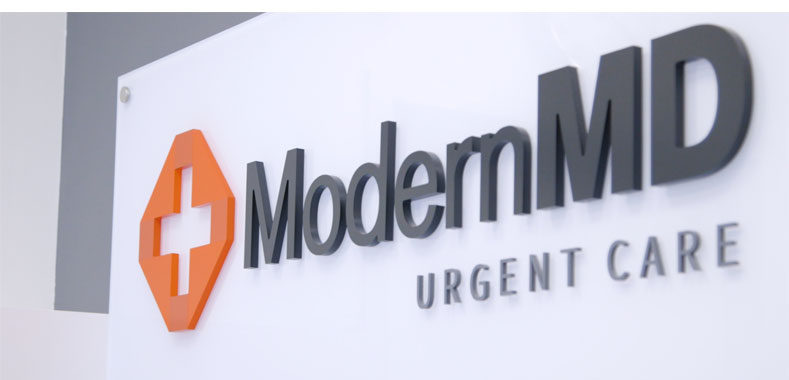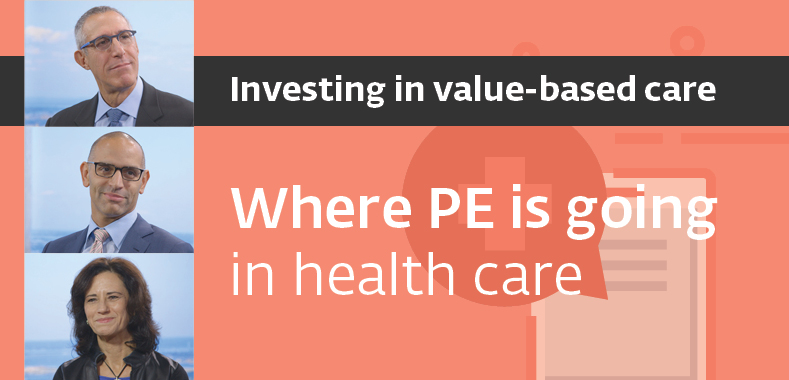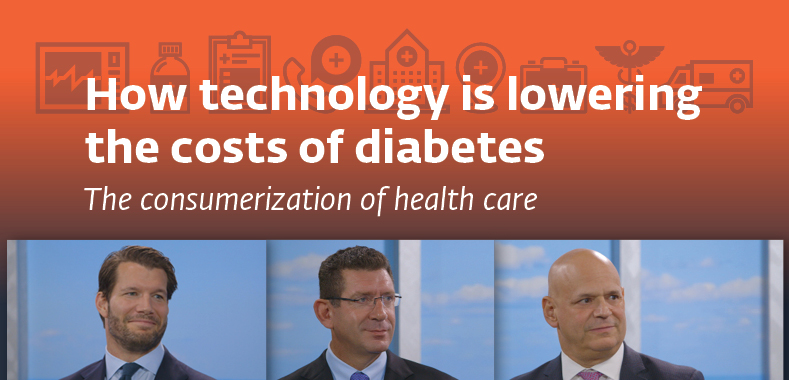Healthcare’s Next Move: Your Home
Private equity is helping to fuel the move to treatment outside of hospitals
One of the key trends in the healthcare sector today is transitioning treatment to standalone spaces outside of the hospital. Giving patients access to care via a space where medical procedures can be executed without occupying a bed is a key driver to keeping costs down.

Compared with providing services in an institution, median annual Medicaid costs for a home health aide is estimated to be half the cost of a skilled nursing facility, according to Brad Coppens, a managing director at One Equity Partners (OEP).
In addition to this savings, Coppens points to psychological benefits associated with the patient receiving treatment in their home environment and community. Improving the mental health of a patient can play an important role in the overall health outcome.
“There is a shift into homecare because it is less costly and equally as effective,” he says.
Coppens points to a myriad of treatments that can be accomplished in an outpatient, or “sub-acute”, setting rather than at a hospital. These include ophthalmological procedures, certain kinds of orthopedic procedures—think knee replacements—and other therapeutic treatments. Ultimately, the decision to provide healthcare outside of an acute care or institutional setting has to do with assessing the condition of the patient and the odds and costs of him or her returning to the hospital.
Private equity has been on the bleeding edge of this outpatient treatment trend, investing in portfolio companies that are providing innovative solutions. OEP became one of them, after it was spun out of the private equity arm of JP Morgan in January 2015. The firm invested in homecare services provider All Metro Health Care in February 2016, with plans for the company—which has 15 locations nationwide—including increasing the portfolio company’s footprint as well as expanding into new markets and services.
Coppens says home-based care is trending upward significantly, comprising 18 percent of Medicaid long-term-care spending in 1995. As of 2014, that number rose to 53 percent.
Coppens sees good things ahead for the home healthcare market as a result of promising fundamental drivers. For instance, he points to the demographic problem of the aging baby boomer generation. Home healthcare will play a significant role in managing costs for providers, insurers, and patients alike. Innovation—particularly in technologies that facilitate home healthcare—will also help to fuel continued growth in this part of the healthcare space.
Private equity is helping to fuel the move to treatment outside of hospitals.










